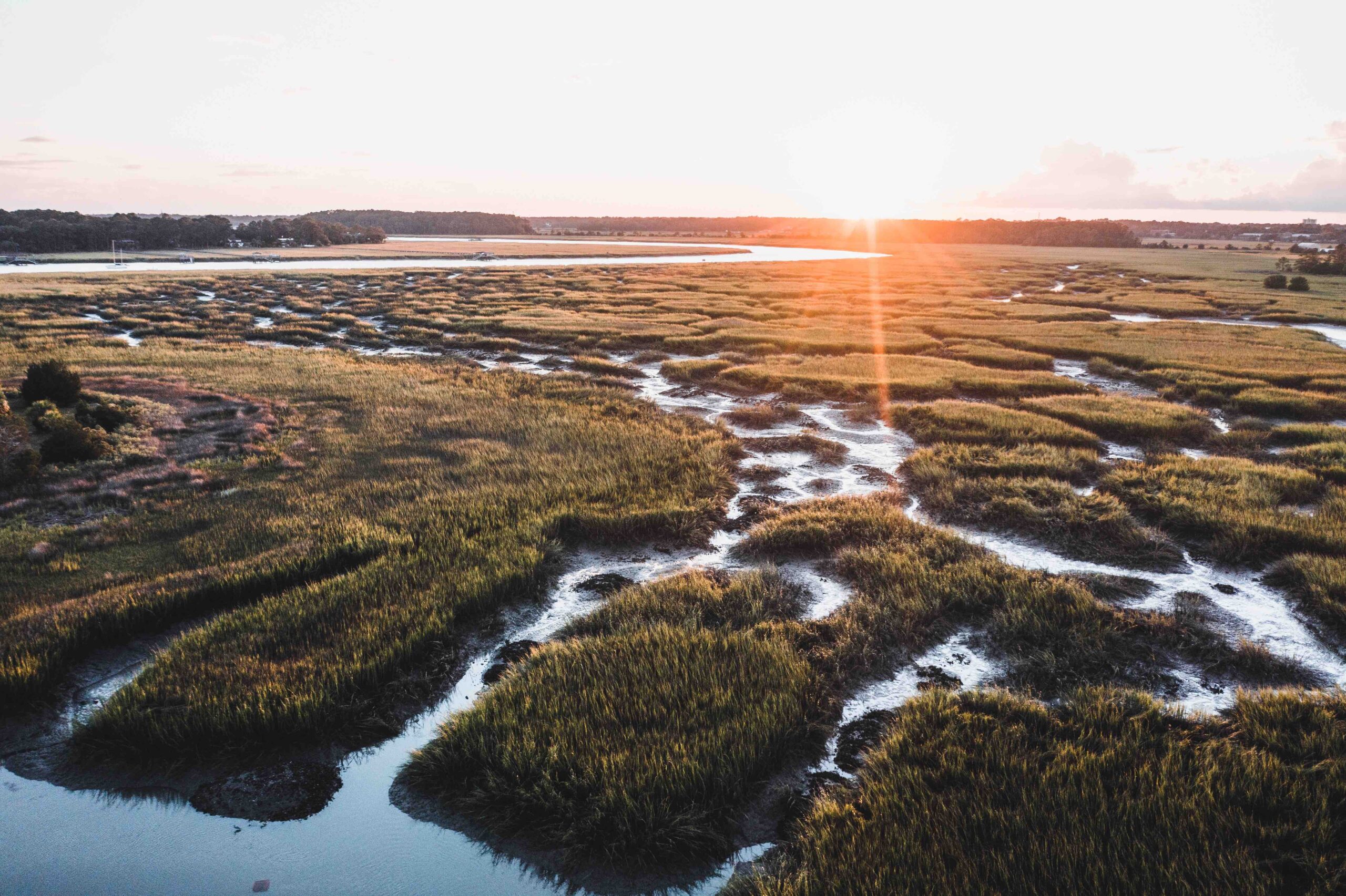“In this world nothing can be said to be certain, except death and taxes” – Benjamin Franklin, 1789.
On July 3rd, 2025, the passage of H.R. 1, commonly known as the One Big Beautiful Bill, made several changes to federal spending that directly impact American agriculture, including a permanent increase to the unified credit to $15 million per individual starting in 2026 and indexed to inflation moving forward. Why does this matter to American agriculture? Without the change to the unified credit in H.R.1, the credit would have sunset back to the 2018 amount of $5 million per individual adjusted for inflation which would have been around $7 million. For estates over the amount of the unified credit, the maximum estate tax rate is 40% of the net worth that exceed the current unified credit. As a simplified example, if a farmer owns a tractor worth $100,000 and has already used their unified credit, then their estate would need to pay $40,000 in taxes for that tractor at their death.
While $7 million sounds like a tremendous amount of money to an individual, in an economic reality where farm equipment can cost more than $800,000 per piece of equipment and land can bring more than $20,000 per acre in certain parts of the country, this credit can be rapidly expended. The net worth over this amount would be subject to the estate tax. A popular saying amongst producers is that farmers are “asset rich and cash poor.” This means that succeeding generations could be forced to sell off land or equipment to meet estate tax obligations. This has not been the case over the past several years because of the high unified credit, so the estate tax has only been an issue for some of the larger farms in the country. There is also the issue of portability, which is combining the unified credits of married couples with some simple estate and tax planning. Portability essentially allows the surviving spouse to double the unified credit in many cases. With a high unified credit and portability, this makes the likelihood of the vast majority of farming operations paying estate taxes remote for the immediate future.
So, does this solve the problem? H.R. 1 resolves one problem centered on the estate tax; however, a larger problem is looming for American agriculture, and that is the lack of succession planning. Suppose the principal operator of a farming operation is incapacitated in the immediate future. Do other members of the farming operation have the necessary experience and knowledge to keep the farm economically viable? Has the older generation planned and prepared for a transition in a way that may not fracture relationships between members of the younger generation? Because farms and families are unique, this means that succession plans are also going to need to be carefully tailored to meet their specific needs. Attorneys and CPAs have not done a good job of convincing their farm clients of the importance of succession planning, and farmers are more than willing to put off the issue to a later date. The problem is that Benjamin Franklin was correct when he stated that death was a certainty. Avoiding succession planning does not make the problem go away, it just leaves an even larger burden on the next generation.
Rumley, Rusty. “Federal Estate Taxes, Succession Planning and the One Big Beautiful Bill.” Southern Ag Today 5(38.5). September 19, 2025. Permalink




